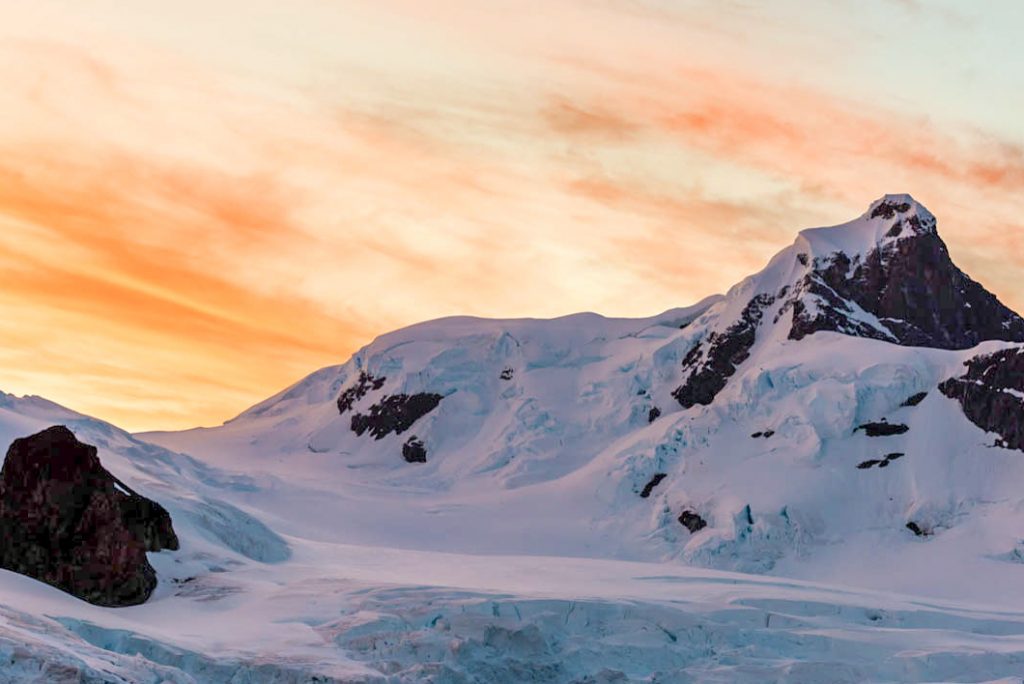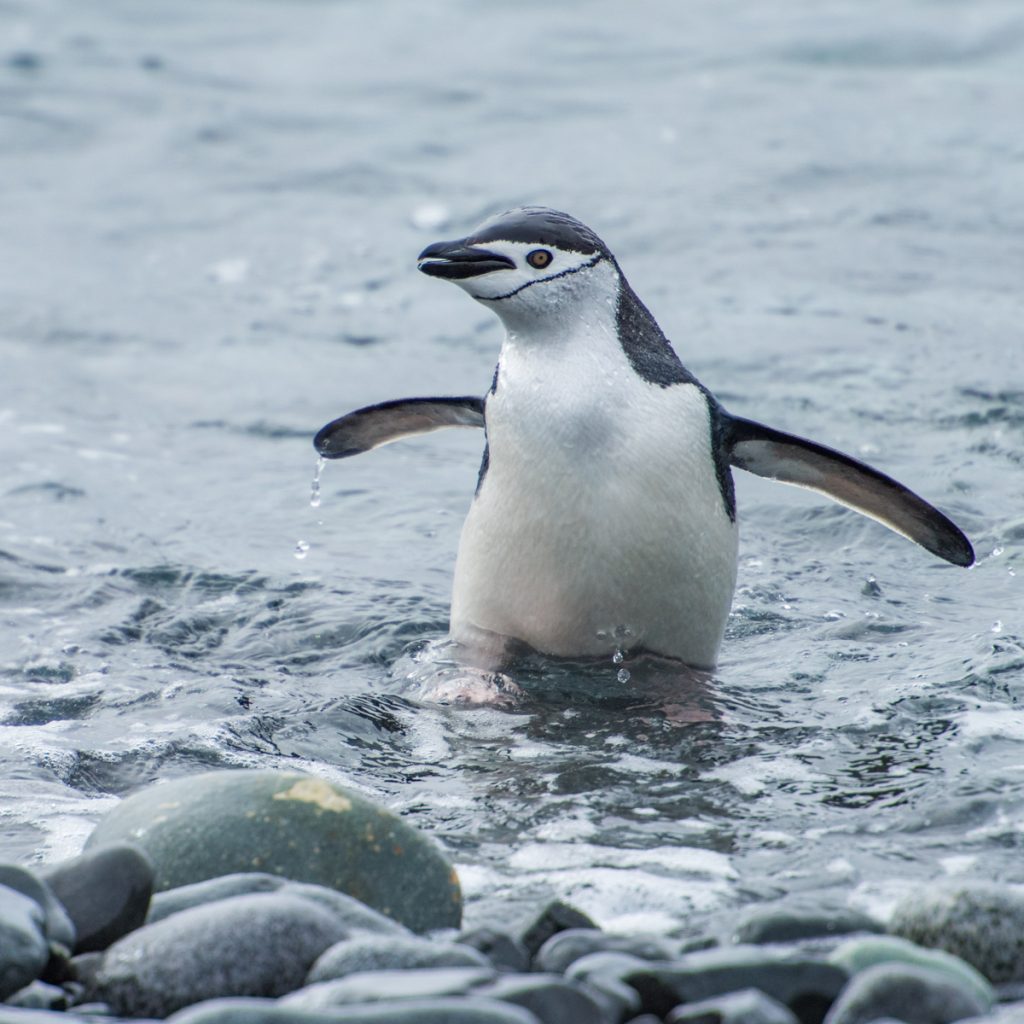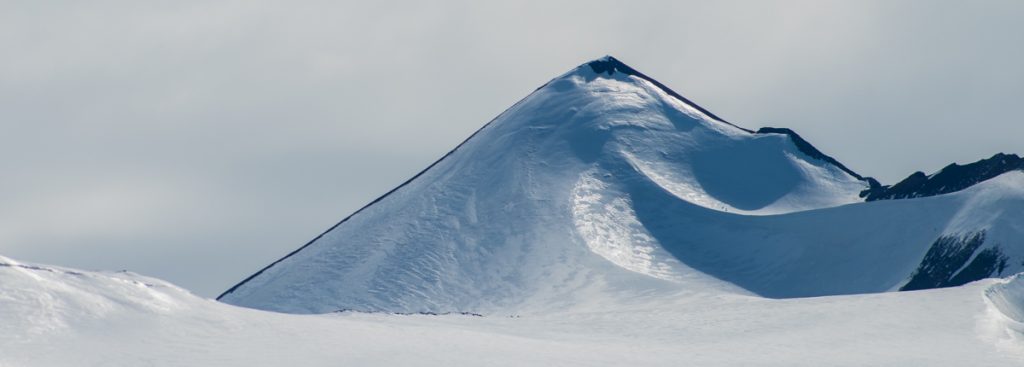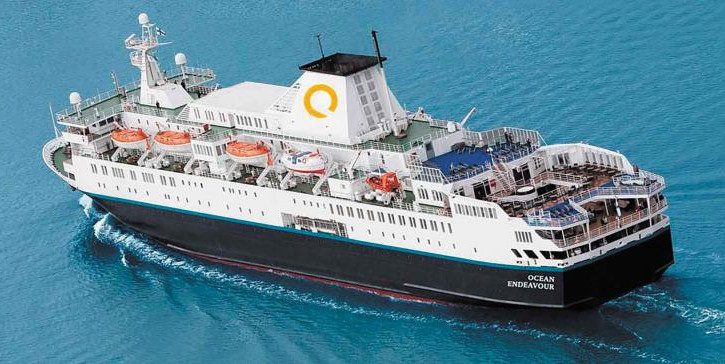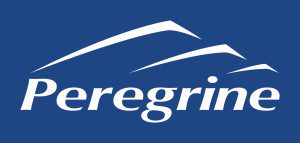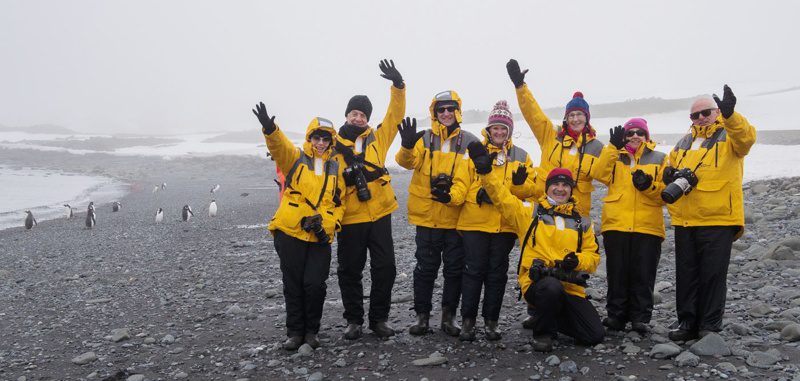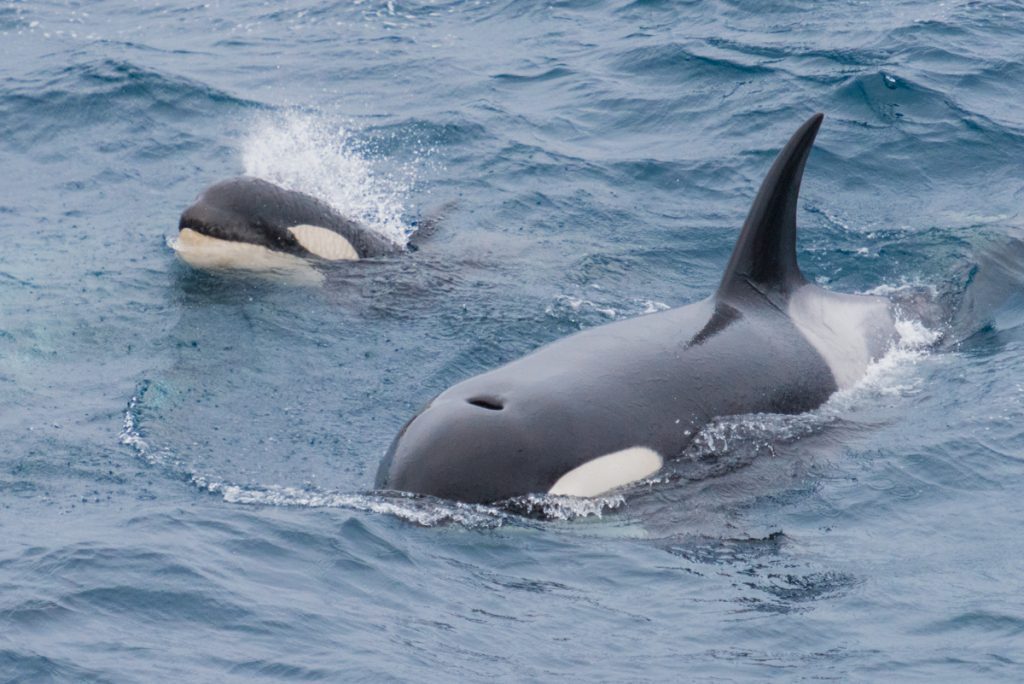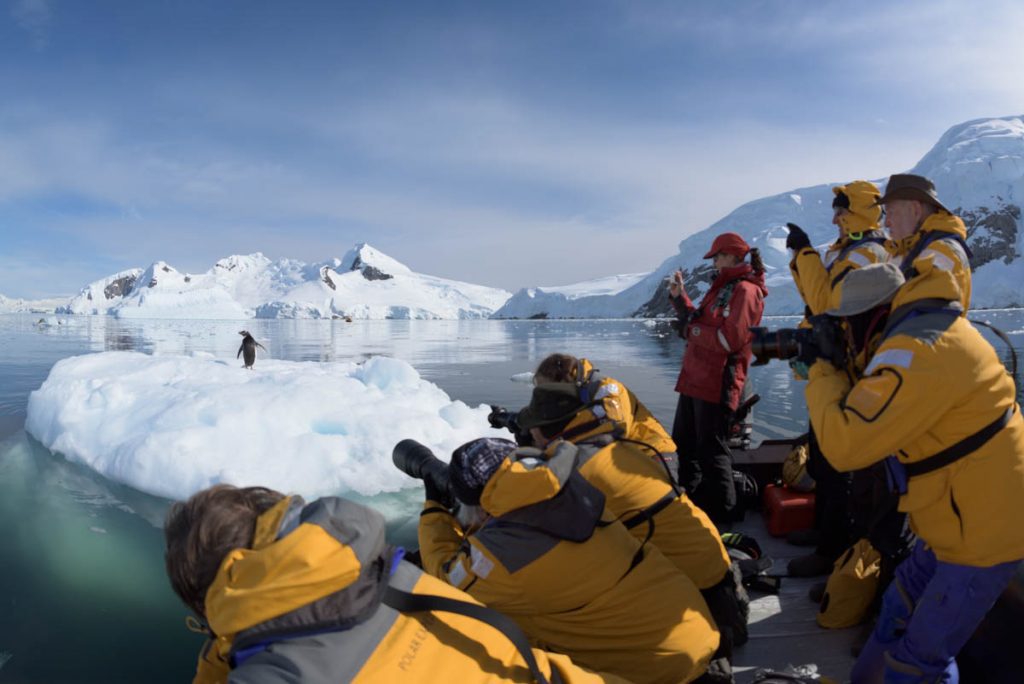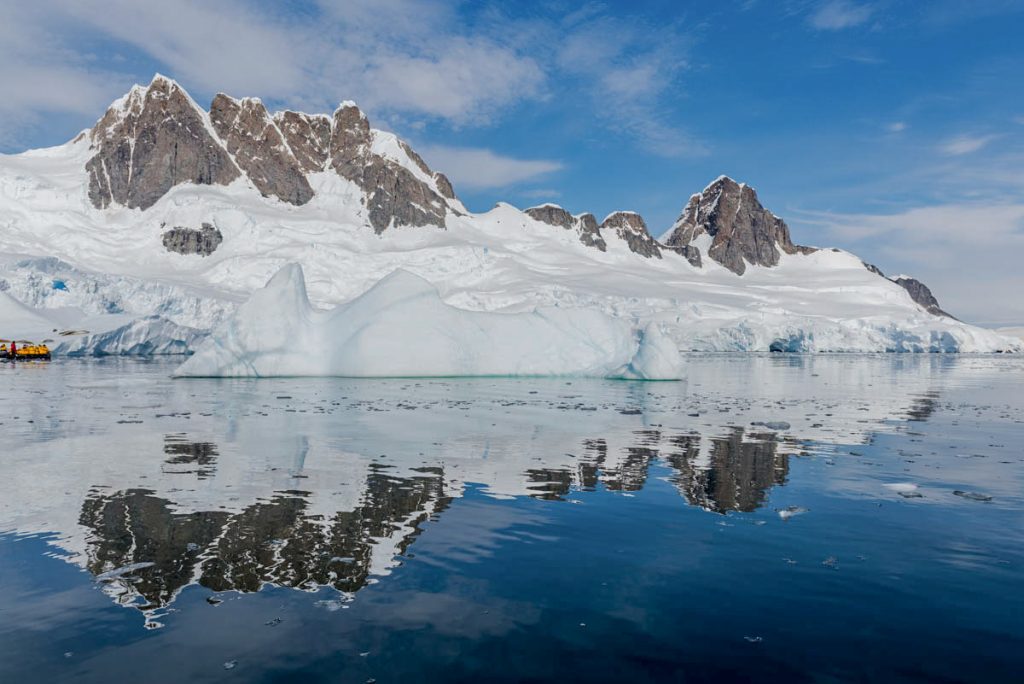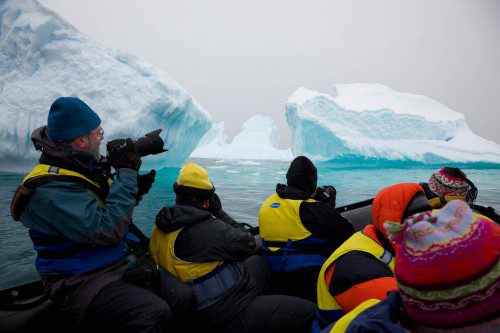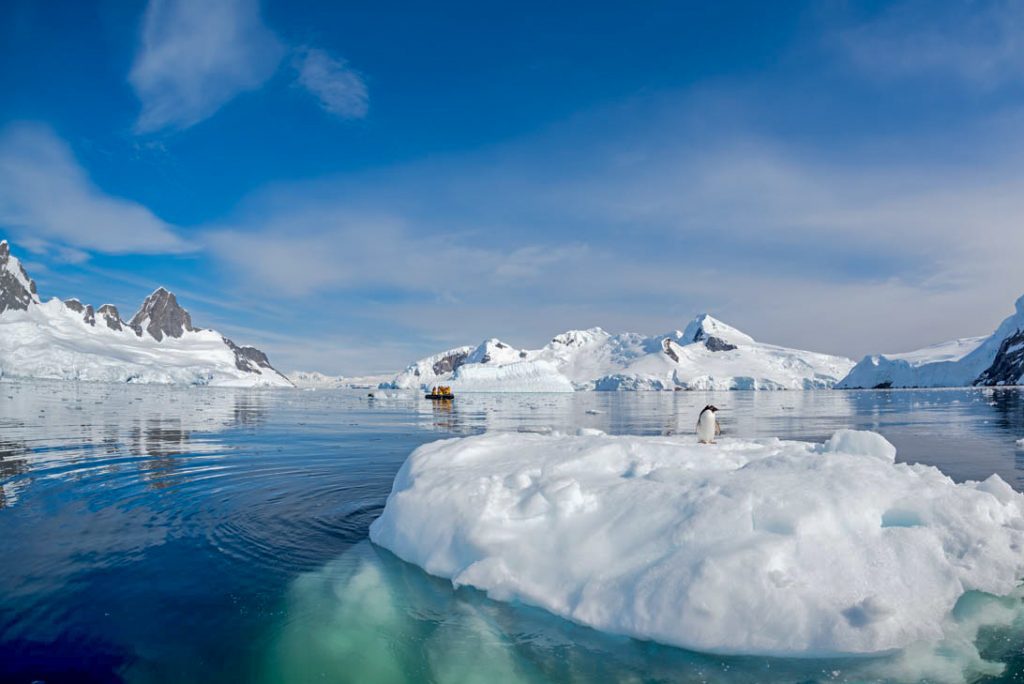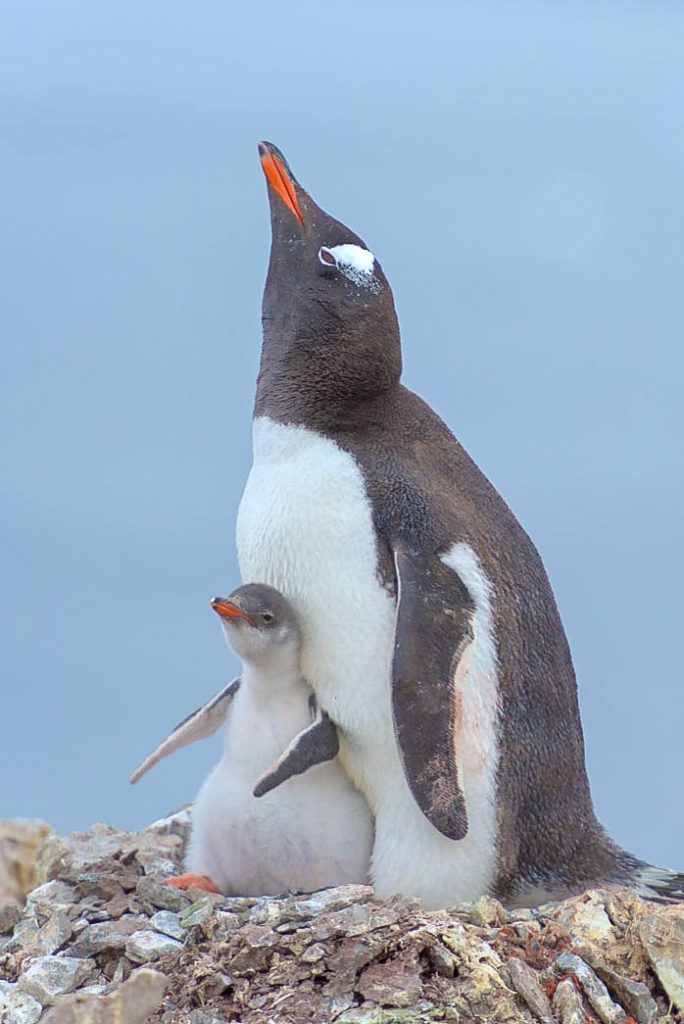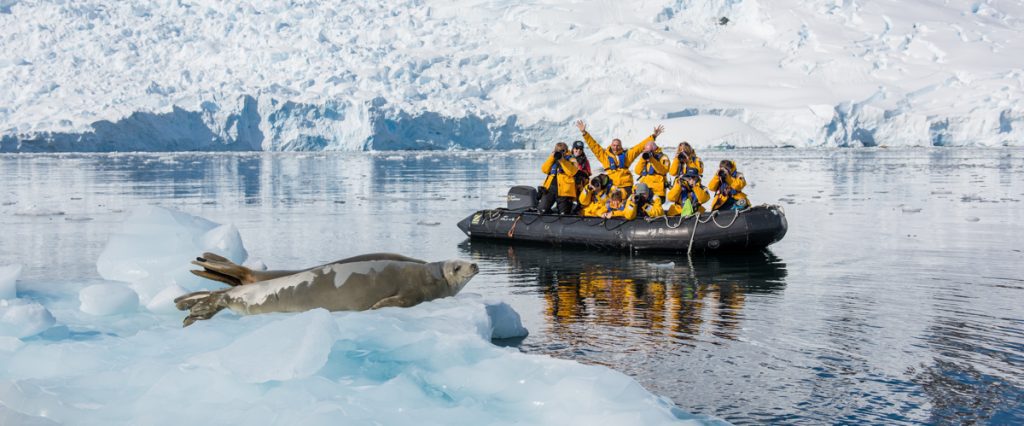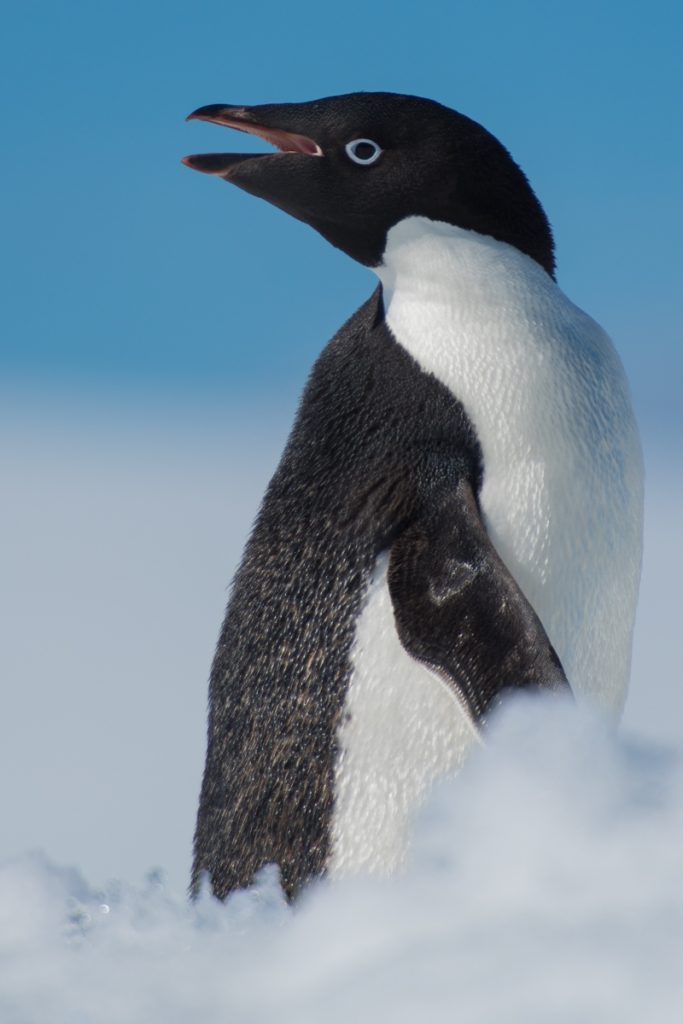5th to the 16th of February 2020
Earlybird Discount Now Available
Highlights from previous Antarctica Photography Expeditions
In February 2020, Michael Snedic will again be taking photographers on an 11 day photography expedition along the Antarctic Peninsula.
The trip runs from the 6th of February 2020, starting and ending in Buenos Aires, Argentina. We will travel across the Drake Passage to Antarctica, spending time exploring the peninsula before heading back to Ushuaia, then Buenos Aires.
There are never any guarantees with Antarctic weather, so the exact itinerary can always change at the last minute.
The days are long (the sun will hardly set most days) and most days will usually involve at least two opportunities to get off the ship and either go ashore (usually amongst penguin colonies), or cruise amongst the ice in Zodiacs photographing amazing ice formations and wildlife. Through all of this Michael will be there to help you make this a trip of a lifetime, letting you come back with new images and new skills.
Cruising the Antarctic waters with my WildNature Photo Expedition participants
Close up encounter with penguins in Antarctica.
Our ship - The Ocean Endeavour
We will be travelling on the Ocean Endeavour, operated by Quark Expeditions. This comfortable and stable ship will be your home for the entire voyage, with most cabins being twin-share and all with private facilities. Cabin details can be seen at Quark’s info page. The ship is faster than most, and this can give us a quicker-than-average crossing of the Drake Passage, giving us a little more time in Antarctica than other ships.
The ship will also have non-photographer passengers on it, and while we will be sharing the ship and the general Antarctic experience with them, the photographic advice/instruction will be for our group. For example on outings we will usually operating as a group with our own Zodiac. WildNature works closely with the Quark expedition team throughout (and before) the voyage to optimise operations on both sides to help everyone.
The ship is larger than most of the “small ship” vessels we’ve used in the past, but from past experience we know that our photographers will have amazing photographic opportunities and experiences, coming home with new images and new skills, steps beyond what a “regular” Antarctic traveller gets. The additional space on-board for things like setting up computers together, as well as the private toilets/showers in every cabin don’t hurt either.
Your Tutor: Michael Snedic
Michael is a highly experienced and widely-published wildlife and nature photographer, writer and tutor. His articles and images have featured in magazines such as Australian Photography +Digital, Australian Geographic, Wildlife Australia, Australian Birdlife and the UK’s BBC Wildlife, to name but some. His images have featured in numerous calendars, diaries, books and many other publications, including billboards and he has had two books published on Australian wildlife. Michael is an Accredited AIPP photographer, is a Nikon School tutorr for Australia and regularly conducts photography workshops and tours across Australia and the world. Locations include Lamington National Park, Lord Howe Island, Kangaroo Island, Girraween National Park (Queensland), Tasmania, Africa, Svalbard (Arctic), Antarctica, the Russian Arctic, the Sub-Antarctic, South Georgia and more.
Costs and booking
The following prices are per person, in Australian dollars. A non-refundable 20% deposit will be needed within 5 days to secure your booking. Because most of the cost of the trip is taken up with the mechanics of getting you to Antarctica and back, the price will vary depending on the cabin type you select. Please note that there are a limited number of each cabin type available. Twin-share is the most numerous.
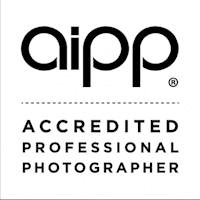
| Cabin | Early Bird Price | |
|---|---|---|
| Triple Intrerior: | Full | |
| Inside Single | $17,975 | |
| Twin Porthole: | Full | |
| Twin Window: | Full | |
| Upper Decks Twin & Double: | $16,445 | |
| Twin Porthole Suites (1 &2): | $17,040 | |
| Superior Twin & Double: | $17,635 | |
| Top Deck Double: | $18,485 | |
| Twin Window Suites (1 & 2): | $19,335 | |
| Junior Suite: | $20,100 | |
| Owner's Suite: | Full |
Earlybird Discount Now Available Until 31st of July 2019
Prices are per person twin share, or triple share
All cabins have private facilities. These prices are ex Buenos Aires. See further below for detailed inclusions/exclusions.
If you’re considering joining Michael on this truly 'Bucket List' trip, please register ASAP via our contact form
To ask any questions about the workshop or to book a place, please:
- contact Michael via the site’s contact form or via phone him on 61 408 941965.
The trip is being put together with our partners at Peregrine Adventures.
Travel to/from Buenos Aires is not included. Peregrine will of course be able to arrange flights and accommodation for you (including any other South American activities you want to include at either end of the trip) as part of a package, but you’re free to make other arrangements.
Group size and expertise levels
There are space for 9 photographers on this Antarctica Photo Expedition. Michael is an experienced nature photographer and tutor and will be on-hand to provide photographic advice throughout the trip. He also encourage all participants to take advantage of the image critique sessions provided throughout the trip.
Photographers of all experience levels are welcome. Whether you’re a seasoned professional with expensive gear, a beginner with simpler equipment (or in fact any combination of those) Michael will be there to provide value for you. Michael not only work to get you to “the right places”, he's there to help you make photos you’ll be proud of. . Each landing is different: there are always constraints on where we can safely go, but there are many opportunities to spread out.
Health and fitness
Anyone in normal good health is welcome to join us on this adventure. There are no special fitness requirements, although we will be often hiking on shore several times a day. We will be living on the ship which is sailing in unfrozen water, and the outside temperatures are often close to freezing. We’re not going inland where the temperatures would drop significantly. For example if you visit any of the Australian snowfields you’ll have probably been in colder conditions than we’ll usually see. And if you want to test out any gear in snow before the trip, the 2015 snow season might be a good time to visit the mountains!
The ship has a doctor and basic medical facilities on board. If you have specific health concerns or dietary requirements the staff at Peregrine will be able to advise you. There’s also a gym on board if you feel the need to get extra workouts. Actually, with the excellent meals provided on these trips it’s not hard to put weight on, so some people like this option.
Equipment to bring
On these expeditions most photographers bring DSLRs and/or mirrorless cameras with interchangeable lenses. Sometimes even medium-format cameras. You should bring at least two cameras (one as a backup: there are no nearby camera stores!) and often at least 2-3 lenses. Zoom lenses are a popular choice, although some photographers use primes as well. In general at the telephoto end you’ll want something that reaches at least 200mm, although 300 or 400mm are often popular. Being able to pick out details within a landscape, or a group of penguins on a passing iceberg is something you’ll probably miss if you only have shorter lenses. But you’ll usually also want a wide-angle lens to deal with some of the massive icebergs up close as well as some of the majestic skyscapes. For example many people end up with three basic zooms: a wide-angle such as a 16-35mm, a general-purpose 24-70mm, a 70-200mm (or sometimes a 70-300mm, 100-400mm, etc). But in the end everyone usually ends up with a slightly different combination of gear. Of course, these figures are in terms of 35mm “full frame” cameras: you can convert with the appropriate “crop factor” for other systems.
On clear days there’s a lot of sunlight, but sometimes a layer of cloud rolls in and we can sail through a spooky grey world with yellow sunlight around the horizon, and blue and green icebergs around us.
Having a camera and lens that can cope with a broad range of brightness conditions without too much grain/noise will let you take advantage of more of these situations. But no matter what you have sometimes it’s just too dark, such as when we encountered a large pod of Orca late at night in overcast conditions and it was too dark for most people to get photos that weren’t just dark smudges. But putting the camera down and just watching them with your eyes was still a magical experience.
Tripods are usually not useful on the ship. They can be useful onshore, but if you’re going to take one we favour smaller models due to issues such as simplifying getting into and out of Zodiacs. Spare batteries, polarising filter, and enough memory cards to at least last for each outing completes the basic camera gear requirements.
A backpack to help you carry your gear onshore and withstand the odd splash of water is also essential. You need to have hands free while getting in and out of the Zodiacs, and when you’re dressed for Antarctic conditions a photo vest with enough pockets to hold your gear just wouldn’t work!
As well as that photography gear, you should bring a laptop and hard drives to download and review the photos every day. Most people use software such as Lightroom to do this. You’ll have a limited stay in Antarctica, and while we don’t want to miss the photographic opportunities by spending all day sitting in front of a computer, it’s important to not only regularly backup the photos (and free up the cards for the next outing) but also review your work and identify how you can do things better on the next outing.
Itinerary
Day 1: Buenos Aires
Welcome to Argentina. Make your way from the airport to the hotel and begin your Antarctic Explorer adventure with an overnight stay in Buenos Aires.
If you have time during the day, explore the boulevards, galleries and European architecture of Buenos Aires. In the evening, you may like to head out for a steak dinner with your new travel companions.
Day 2: Departing Ushuaia
In the morning take a private charter flight from Buenos Aires to Ushuaia, which should take around three hours. On arrival, explore the town before meeting your shipmates for embarkation. Cruise through the Beagle Channel, which transects the Tierra del Fuego archipelago. The channel is rich with birdlife, so keep an eye out for penguins, cormorants, petrels and black-browed albatross. Members of the expedition team will help you spot wildlife from the deck.
Day 3-4: The Drake Passage
Sail into the Drake Passage. This wide channel separates the bottom of South America from the tip of the Antarctic Peninsula, and was named after the English explorer, Sir Frances Drake. We hope for smooth sailing through the waterway, but be prepared for possible rough seas. On-board presentations and safety briefings by the expedition team will provide you with an insight into the locations you'll be visiting.
Days 5-8: Antarctica
Welcome to the Antarctic Peninsula. The next few days form the core of your Antarctic adventure, as you take regular Zodiac excursions from the ship to explore different bays, channels and landing sites each day. Visit penguin rookeries, scout for humpback and minke whales and search for a number of the southern seal species, including the cunning leopard seal.
Let the majesty of the Peninsula’s mountains enchant you as you scramble up snowy pathways to vantage points offering 360° views of your surroundings. At Orne Harbour, you might visit a chinstrap penguin colony high up on a ridge or go for a mountain hike. If you’re feeling extra adventurous, take a 'polar plunge' in the icy waters of Neko Harbour. Changing conditions mean that each voyage is different, but your expedition team will make the most of whatever conditions occur to ensure you have a truly fulfilling trip.
Days 9-10: The Drake Passage
Wind down your Antarctic adventure with a voyage back across the Drake Passage. This is another great opportunity to look out for wildlife from the deck with a hot drink in your hand. You will also be able to attend more presentations by onboard experts focusing on the history and wildlife of the Antarctic region.
Day 11: Ushuaia - Buenos Aires
This morning arrive into Ushuaia where your cruise comes to an end. After a shipboard breakfast and a short excursion to Tierra del Fuego National Park, you'll be transferred to the airport for your charter flight back to Buenos Aires.
Inclusions
- Photography tuitionary pro photographer and tutor, Michael Snedic, throughout the expedition. This includes image review and critique throughout the trip.
- One night hotel accommodation in Buenos Aires with breakfast.
- Charter flight from Buenos Aires to Ushuaia and return.
- Shipboard accommodation.
- All breakfasts, lunches and dinners onboard. Coffee, tea, cocoa available around the clock.
- Half day National Park excursion in Tierra del Fuego on day 11.
- A pair of waterproof expedition boots on loan for shore landings.
- A waterproof expedition parka is supplied on board for you to keep.
- Emergency Evacuation Insurance (up to US$100,000) is provided to get you back to Argentina in the event of an emergency, although you will still need your own insurance (with Antarctic cover) to get you home.
Exclusions
- Airfares and other travel expenses to/from Buenos Aires.
- Passport/visa expenses.
- Personal/travel insurance coverage. Peregrine will discuss with you the required insurance coverage (due to the remoteness of our destination).
- Onboard bar, laundry, and telecommunications charges. Onboard internet access is available.
Booking
If you’re considering joining us, please register with us ASAP via our contact form.
To ask any questions about the workshop, to book a place, or get yourself on the waitlist, either:
- contact Michael via his site’s contact form or via phone at +61 408 941 965.





